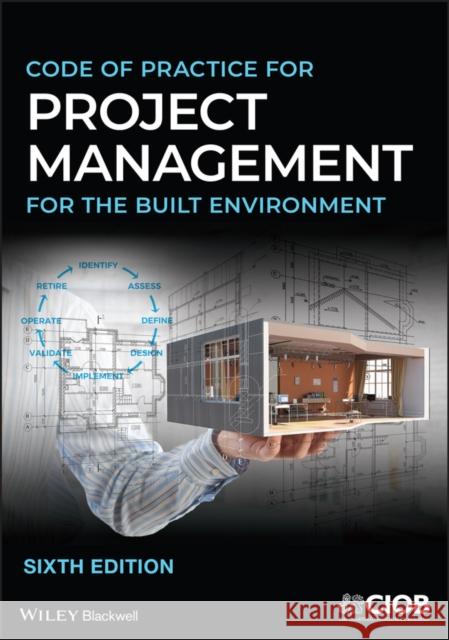Code of Practice for Project Management for the Built Environment » książka
topmenu
Code of Practice for Project Management for the Built Environment
ISBN-13: 9781119715139 / Angielski / Miękka / 2022 / 320 str.
Code of Practice for Project Management for the Built Environment
ISBN-13: 9781119715139 / Angielski / Miękka / 2022 / 320 str.
cena 300,37 zł
(netto: 286,07 VAT: 5%)
Najniższa cena z 30 dni: 297,30 zł
(netto: 286,07 VAT: 5%)
Najniższa cena z 30 dni: 297,30 zł
Termin realizacji zamówienia:
ok. 30 dni roboczych
Bez gwarancji dostawy przed świętami
ok. 30 dni roboczych
Bez gwarancji dostawy przed świętami
Darmowa dostawa!
Kategorie:
Kategorie BISAC:
Wydawca:
John Wiley and Sons Ltd
Język:
Angielski
ISBN-13:
9781119715139
Rok wydania:
2022
Ilość stron:
320
Oprawa:
Miękka
Wolumenów:
01
Dodatkowe informacje:
Bibliografia
Glosariusz/słownik
Glosariusz/słownik











